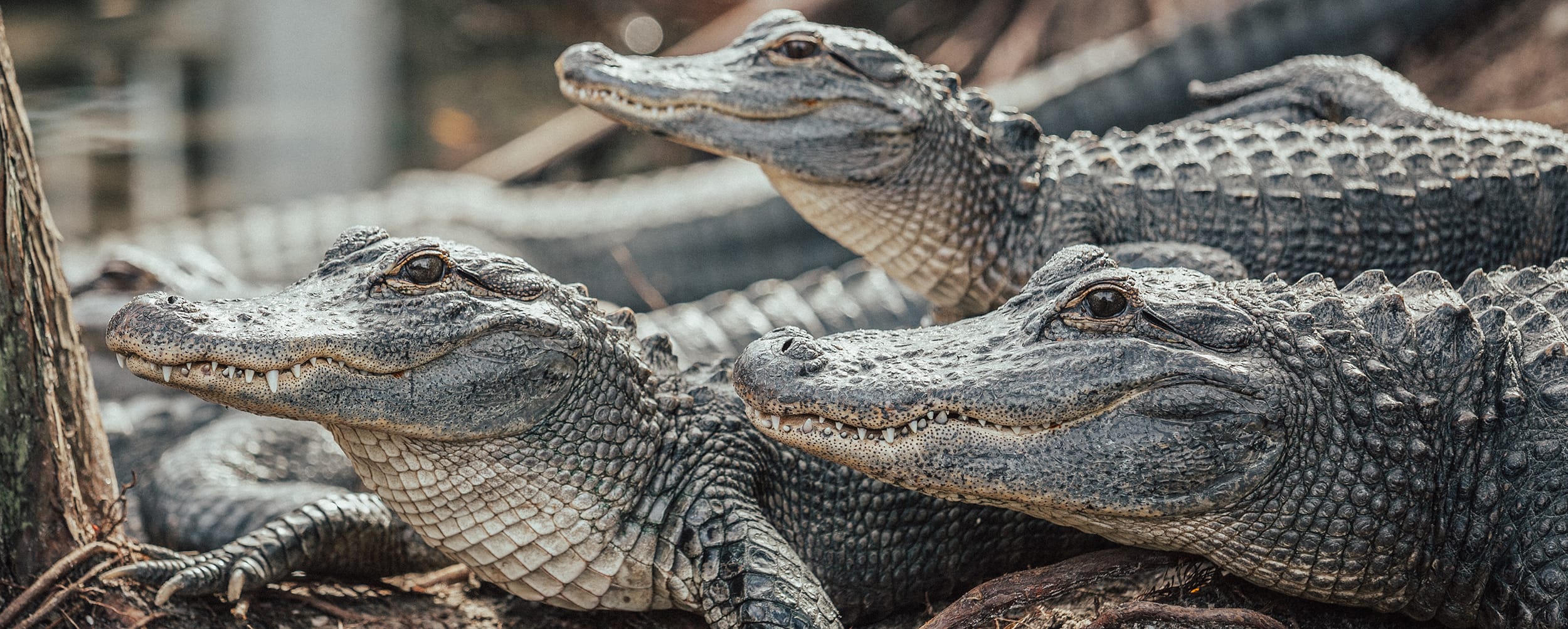Once a year, the World Organisation for Animal Health (WOAH) hosts its World Assembly of Delegates, a time during which its standards are reviewed and updated. The WFA attended this year’s session, WOAH’s 91st General Session, along with the International Coalition for Animal Welfare (ICFAW).
WOAH’s Terrestrial Animal Health Code updated
During this year’s General Session, WOAH presented to the Assembly several updated standards of the Terrestrial Animal Health Code for adoption:
Chapter 6.10 “Responsible and prudent use of antimicrobial agents in veterinary medicine”
WOAH’s international standard on AMR was updated. The scope of Chapter 6.10 now covers (1) companion animals, an addition we welcome as there is growing evidence of the transfer of resistant pathogens between pets and their owners; (2) environmental safeguards, which tend to be routinely overlooked; and, (3) WOAH’s updated list of antimicrobial agents of veterinary importance in alignment with WHO’s essential medicines list. This move strengthens the prevention and containment of AMR in the animal health sector while recognising the interconnection between human, animal and environmental health. Although its adoption was unanimous, two issues will need to continue to be discussed: antimicrobial use for growth promotion, and the definition of “competent authority.” Read more.
Chapter 7.5 “Animal welfare conditions during slaughter operations”
WOAH’s standards on animal welfare conditions during slaughter operations was the only updated chapter on animal welfare put forward for adoption at this General Session. This followed a comprehensive four-year revision process in consultation with countries and WOAH stakeholders. The chapter provides recommendations for the training of personnel, premises design, and equipment choice on animal welfare, handling free-moving animals during unloading and restraint, and stunning. Read more.
Key articles of this chapter discussed during WOAH’s General Session included:
- Article 7.5.13: Appropriate levels of electrical parameters during stunning. It was agreed that WOAH members would determine appropriate levels based on national contexts, field experience, and scientific data, as laboratory levels do not account for all variables. The chapter was adopted with the agreement that the minimum electrical standards for stunning would be further reviewed.
- Article 7.5.28: Several countries argued that shackling of heavy birds prone to fractures is a necessary step in stunning. A compromise of sorts was reached to require that heavy birds be shackled minimally and professionally.
“This year’s WOAH General Session was fairly lean on the animal welfare front. Nonetheless, we are pleased with the adoption of chapter 7.5 on animal welfare during slaughter. We look forward to the update of chapters 7.1 on Introduction to the recommendations for animal welfare, 7.6 on Killing of animals for disease control purposes, and chapters 7.3 and 7.4 on Transport by Land and Sea expected in the next couple of years.” – Roly Owers, Chair ICFAW
WFA and ICFAW at the General Session
Over five days, WFA and ICFAW engaged with representatives from WOAH’s 183 countries through a strategically placed booth at the reception. We highlighted ICFAW members’ efforts to improve animal welfare across all five regions. These efforts include collaborations with WOAH to strengthen animal welfare in the Middle East and Europe, capacity development for animal health personnel in Asia and Africa, and the advancement of the UNEA 5/1 resolution on the animal welfare–environment–sustainable development nexus (see report), as well as our engagement in the Pandemic Treaty process in highlighting the role of animals through the One Health approach.



WFA and ICFAW representatives at WOAH General Session, June 2024
During the General Session, WOAH hosted a side event on Public-Private Partnerships (PPPs) in the veterinary domain. As one of the panellists, I had the opportunity to discuss the importance of addressing current and future challenges related to animal welfare in PPPs and highlighted the need to strengthen the regional robustness of animal welfare in all five regions.
WOAH Centenary and New Director General
This year’s General Session held special significance as it marks the centenary of the WOAH. Amidst the celebration, WOAH Delegates chose their 8th Director General, Dr Emmanuelle Soubeyran, to lead the Organisation into its next chapter. Dr Soubeyran emphasised that under her leadership, the organisation will remain dedicated to advancing animal health governance, promoting a safer, healthier future for both animals and humans.






